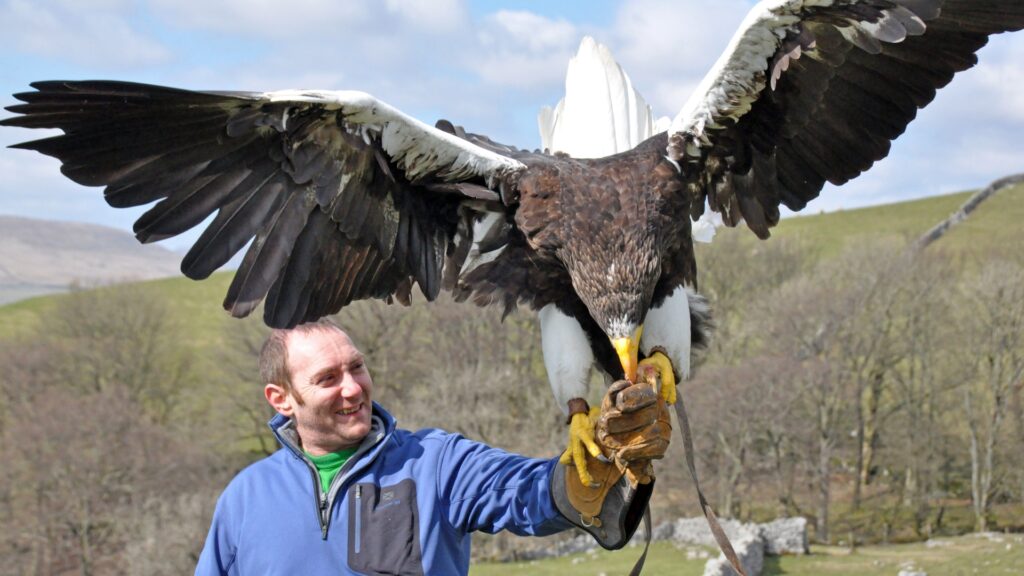
Birds have long fascinated humanity with their ability to defy gravity and traverse the skies. Among these avian marvels, some species stand out due to their sheer size and impressive wingspans. The following article explores the ten largest flying birds in the world, ranked by wingspan, and highlights their remarkable adaptations that enable them to conquer the skies.
Bald Eagle – Haliaeetus leucocephalus
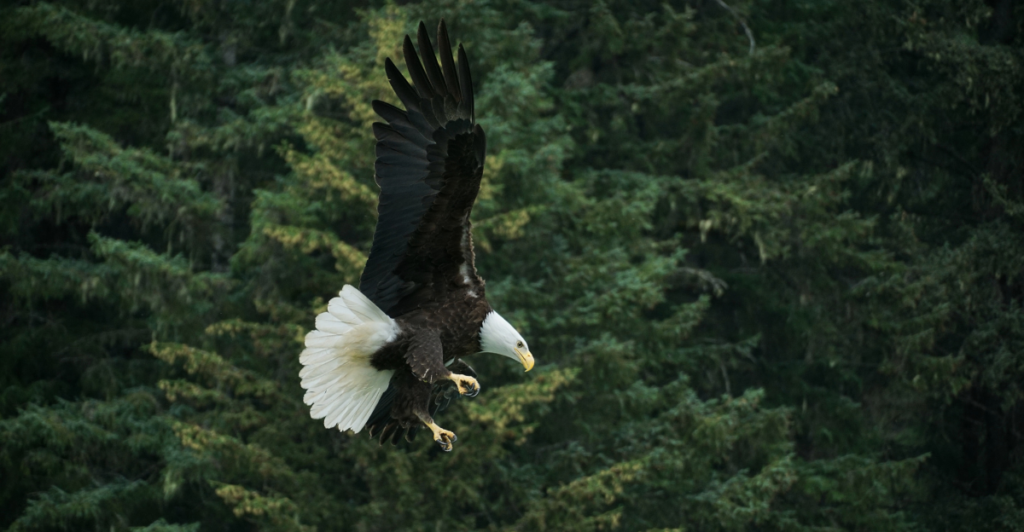
The iconic Bald Eagle, with a wingspan that can reach up to 8 feet (2.4 meters). As the national bird and symbol of the United States, the Bald Eagle is renowned for its striking appearance and impressive hunting skills. Found near large bodies of open water, these birds of prey use their keen eyesight and powerful talons to catch fish and other prey.
Wandering Albatross – Diomedea exulans
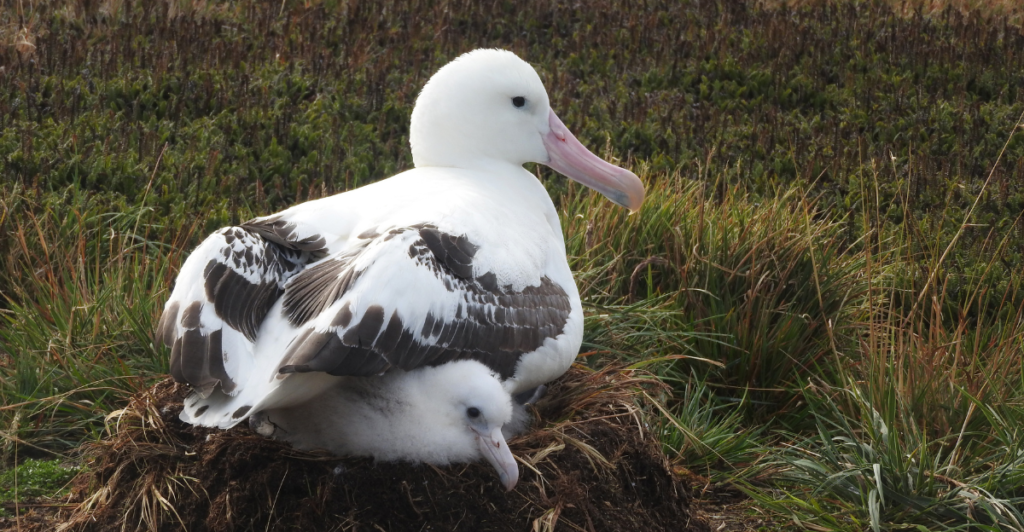
The Wandering Albatross holds the title for the bird with the largest wingspan, stretching up to an astonishing 11 feet (3.4 meters). This seabird is a master of gliding, spending most of its life soaring over the Southern Ocean. Its long wings allow it to cover vast distances with minimal effort, conserving energy as it hunts for squid and fish in the open ocean.
Great White Pelican – Pelecanus onocrotalus
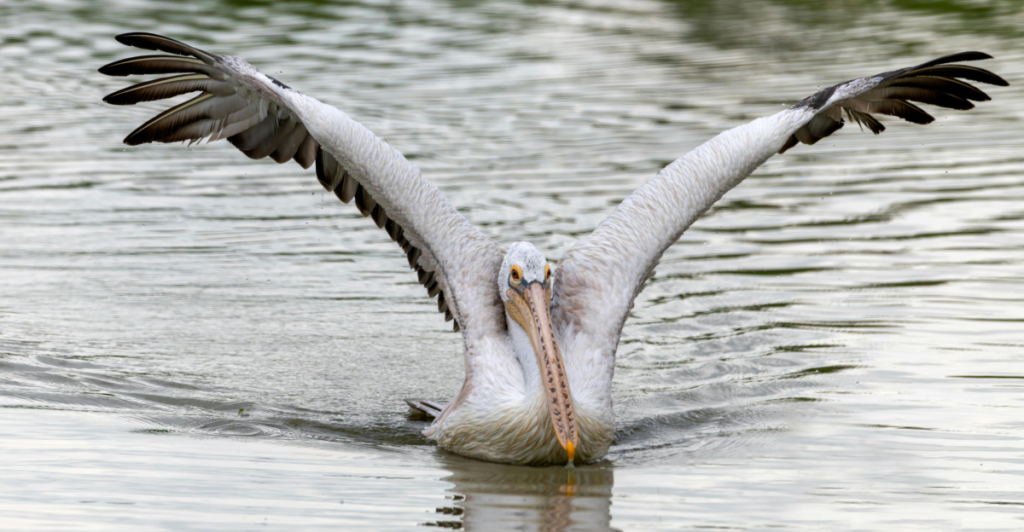
With a wingspan reaching up to 10.8 feet (3.3 meters), the Great White Pelican is an impressive sight in the skies above Africa and parts of Europe and Asia. These birds are known for their large throat pouches, which they use to scoop up fish. Their broad wings and strong flight muscles enable them to migrate over long distances in search of food.
Southern Royal Albatross – Diomedea epomophora
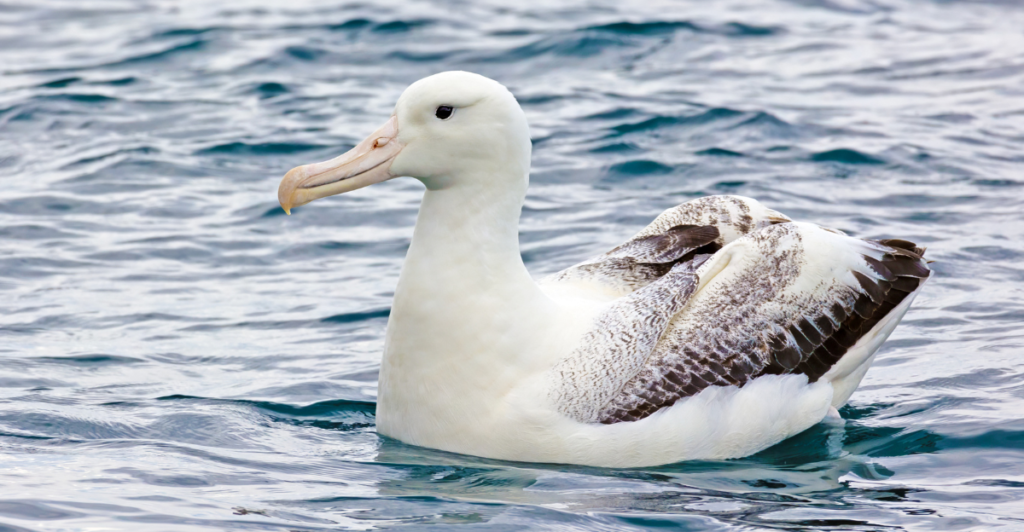
Closely related to the Wandering Albatross, the Southern Royal Albatross boasts a wingspan of up to 10.5 feet (3.2 meters). Native to the southern hemisphere, particularly around New Zealand, these birds share similar oceanic lifestyles, gliding effortlessly over the waves in search of sustenance.
Dalmatian Pelican – Pelecanus crispus
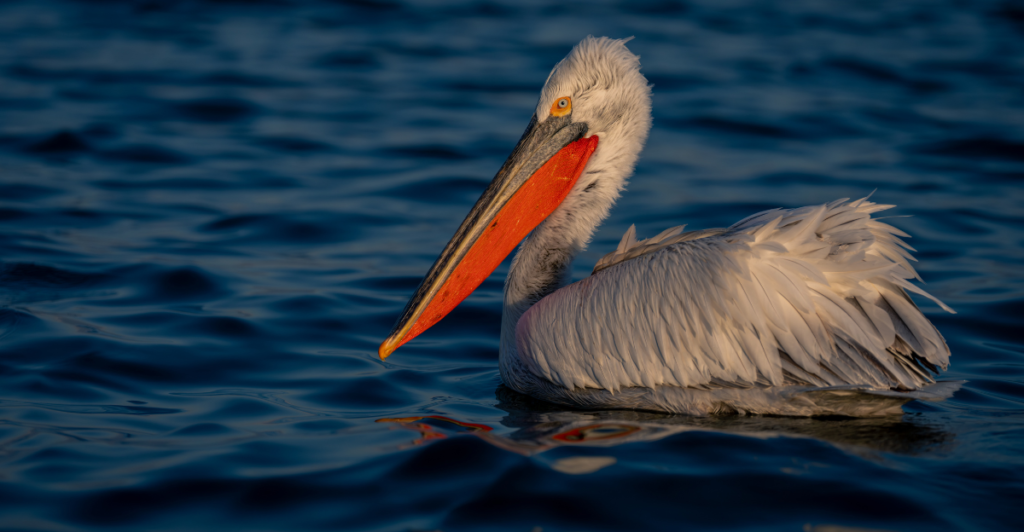
The Dalmatian Pelican, with a wingspan of up to 10.2 feet (3.1 meters), is one of the largest freshwater birds. Found in southeastern Europe, the Dalmatian Pelican is known for its elegant flight and communal nesting behavior. Its massive wings allow it to travel great distances as it navigates lakes, rivers, and marshlands.
Andean Condor – Vultur gryphus
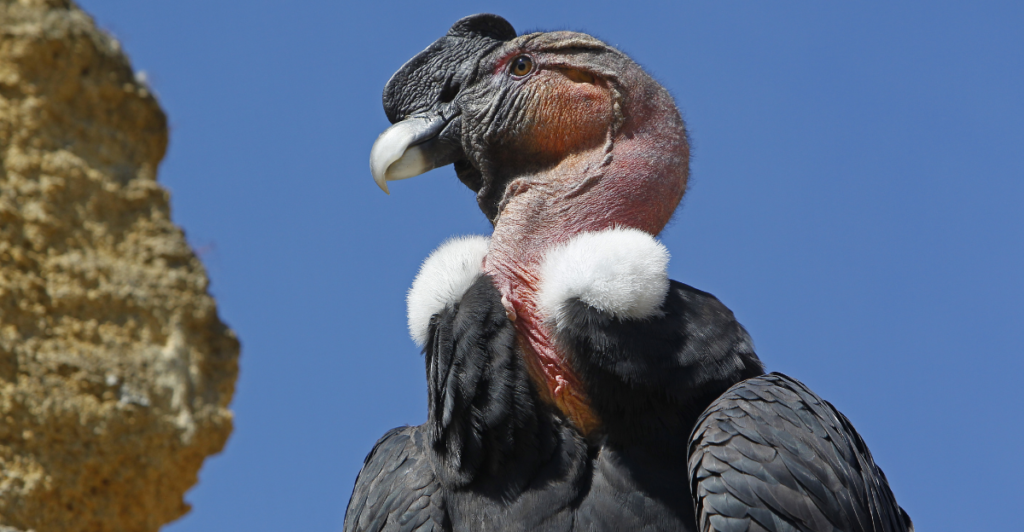
The Andean Condor is the largest flying bird of prey, with a wingspan that can reach up to 10 feet (3 meters). This iconic bird is found in the Andes mountains and is revered in many South American cultures. The Andean Condor uses thermal updrafts to soar high above the mountains, searching for carrion to feed on. Its impressive wingspan and ability to glide for hours make it a master of the skies.
Marabou Stork – Leptoptilos crumenifer
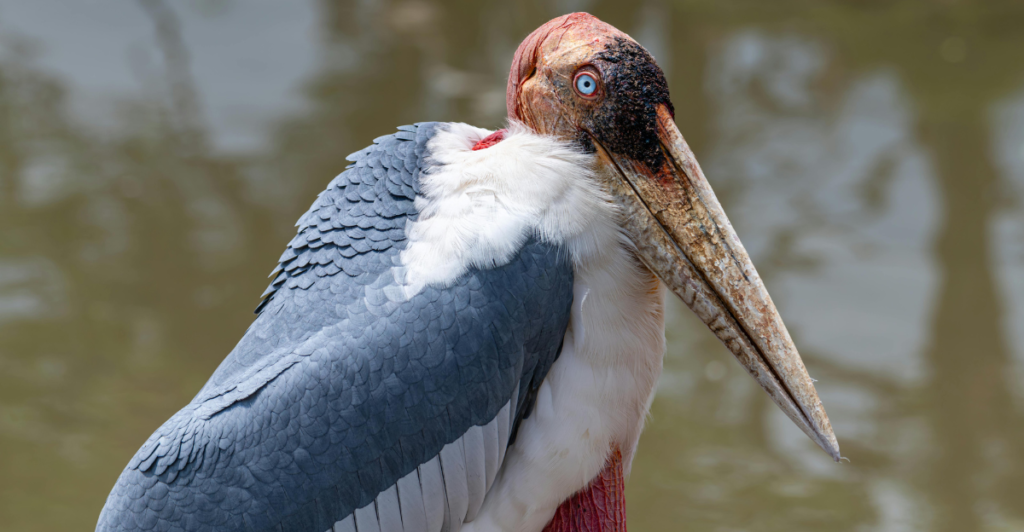
Found in sub-Saharan Africa, the Marabou Stork has a wingspan of up to 10 feet (3 meters). Often referred to as the “undertaker bird” due to its dark plumage and solemn appearance, this scavenger plays a crucial role in cleaning up carrion and waste in its habitat. Its large wings allow it to cover large areas in search of food.
Lappet-faced Vulture – Torgos tracheliotos
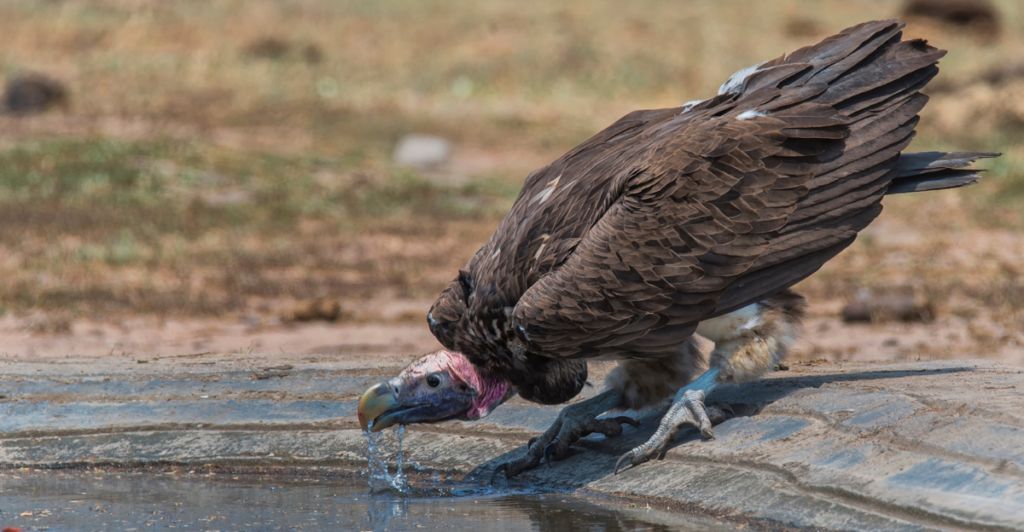
The Lappet-faced Vulture is another formidable scavenger with a wingspan of up to 9.8 feet (3 meters). Native to Africa and parts of the Middle East, this vulture is easily recognizable by its red, lappet-like skin around the head. Its powerful wings enable it to soar high and locate carcasses from great distances, often dominating other scavengers at a kill.
Himalayan Vulture – Gyps himalayensis
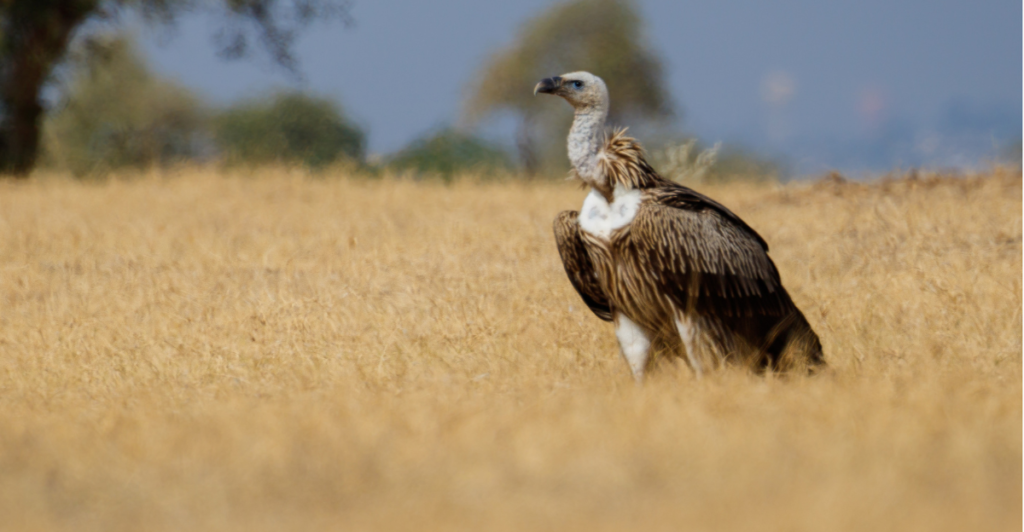
The Himalayan Vulture, or Himalayan Griffon, is one of the largest Old World vultures, with a wingspan of up to 9.5 feet (2.9 meters). As its name suggests, this bird is found in the mountainous regions of the Himalayas and the Tibetan Plateau. Its large wings are perfectly adapted to high-altitude flight, allowing it to navigate the thin air of its rugged environment.
Eurasian Black Vulture – Aegypius monachus
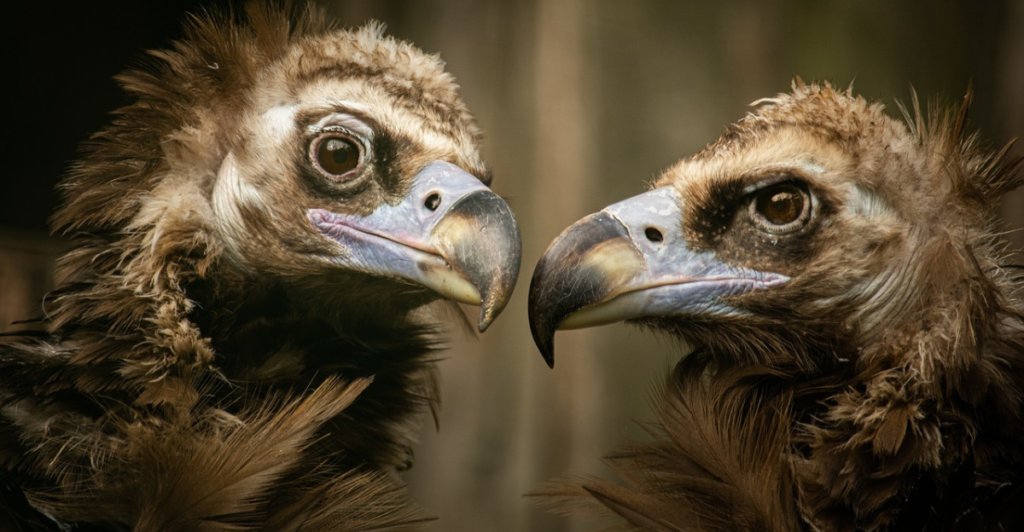
The Eurasian Black Vulture, also known as the Cinereous Vulture, has a wingspan of up to 9.2 feet (2.8 meters). Found across Europe and Asia, this bird is one of the heaviest flying birds. It uses its broad wings to glide effortlessly as it searches for food, often traveling vast distances in a single day.
The Importance of Wingspan
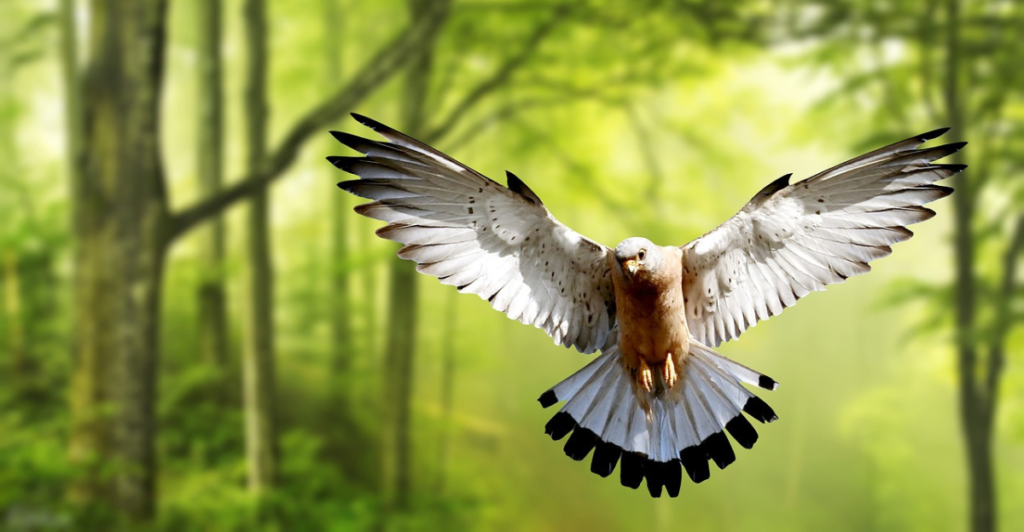
Wingspan plays a crucial role in a bird’s ability to fly efficiently and adapt to its environment. Birds with larger wingspans can soar and glide more easily, conserving energy during long flights. This adaptation is particularly important for migratory species and those that rely on thermal currents to stay aloft for extended periods.
Conservation and Challenges

Many of these large birds face threats from habitat loss, climate change, and human activities. Conservation efforts are essential to protect these majestic creatures and ensure that they continue to grace our skies. Organizations around the world are working to preserve their habitats and mitigate the impacts of human encroachment.
The largest flying birds in the world are a testament to the incredible diversity and adaptability of avian species. Their impressive wingspans, coupled with their unique behaviors and ecological roles, make them a vital part of the ecosystems they inhabit. Observing these birds in flight is a humbling experience, reminding us of the beauty and complexity of the natural world.
Discover more of our trending stories and follow us to keep them appearing in your feed

Meet the Massive Crocodiles That Make Their Homes 40 Feet Underground
11 Coastal Marshes That Nurture Some of America’s Most Iconic Birds
10 Aviation Disasters Caused by Bird Strikes
10 Fearsome Birds of Prey Flying America’s Skies and How They Hunt
Stay connected with us for more stories like this! Follow us to get the latest updates or hit the Follow button at the top of this article, and let us know what you think by leaving your feedback below. We’d love to hear from you!







